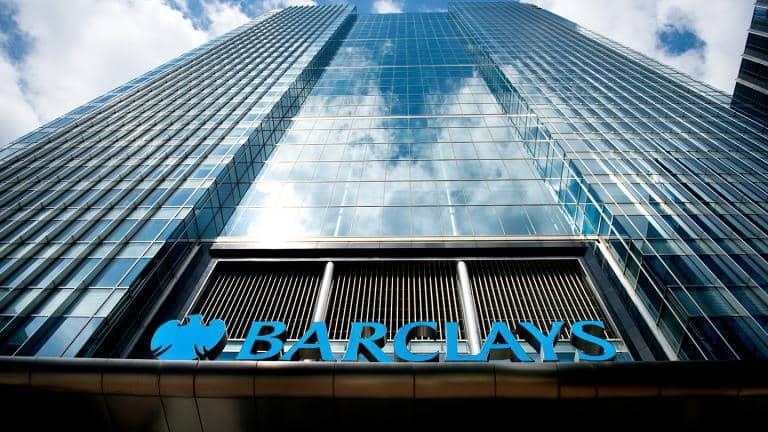Barclays beats Q3 expectations as pre-tax profits climb 18% to £2.2bn

Barclays has exceeded profit forecasts for the third quarter of 2024, driven by strong performance in its investment banking division.
Attributable profit surged 23% to £1.6 billion, surpassing expectations of £1.3bn. Pre-tax profit also beat estimates, rising 18% to £2.2bn.
The bank’s strong results were supported by a 14% drop in credit impairment charges and ongoing cost-cutting measures. Total income grew 5% to £6.5bn, with investment banking income up 6% to nearly £2.9bn.
These positive results have pushed Barclays shares up nearly 4% since start of trading today, reaching a nine-year high at 247 pence per share.
CEO C S Venkatakrishnan confirmed the bank is on track to achieve its three year financial targets, including a return on tangible equity (RoTE) of over 12% by 2026.
He said: “In Q3’24 Barclays delivered a RoTE of 12.3%, supporting our target of greater than 10% in 2024. Tangible net asset value (TNAV) per share increased to 351p, up 11p versus prior quarter and up 35p year-on-year.
“The acquisition of Tesco Bank, to complete on 1 November 2024, forms part of our commitment to invest in the UK. We continue to exercise cost discipline and remain well capitalised with a Common Equity Tier 1 (CET1) ratio at the end of the quarter of 13.8%.”
AJ Bell investment director Russ Mould commented: “Barclays’ big beat has got investors excited, with the shares adding to the significant gains already made in 2024 in early trading.
“In previous quarters the company’s investment banking operation was doing a lot of the heavy lifting but in the three-month period just gone its consumer and corporate banking arms have come to the party too.
“Critically, the company is guiding the market higher on the key net interest income metric – with the company benefiting from its management of interest rate risk. Barclays, like the rest of the industry, has also been helped by the slower-than-expected trajectory of rate cuts to date.”










